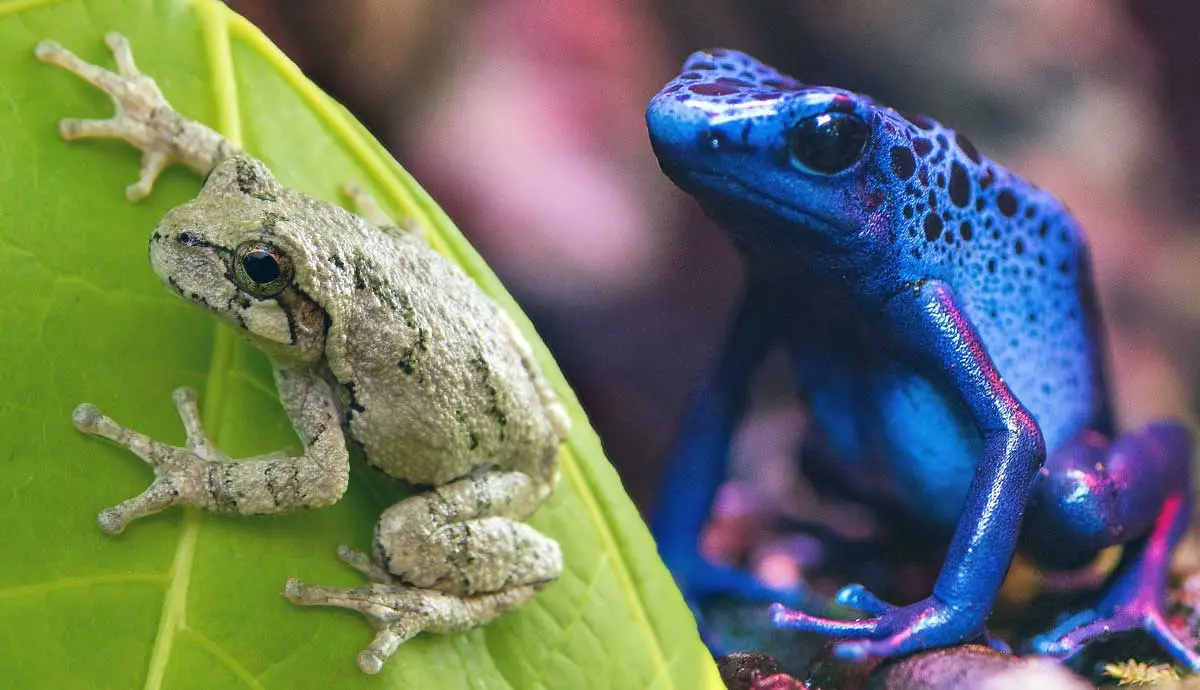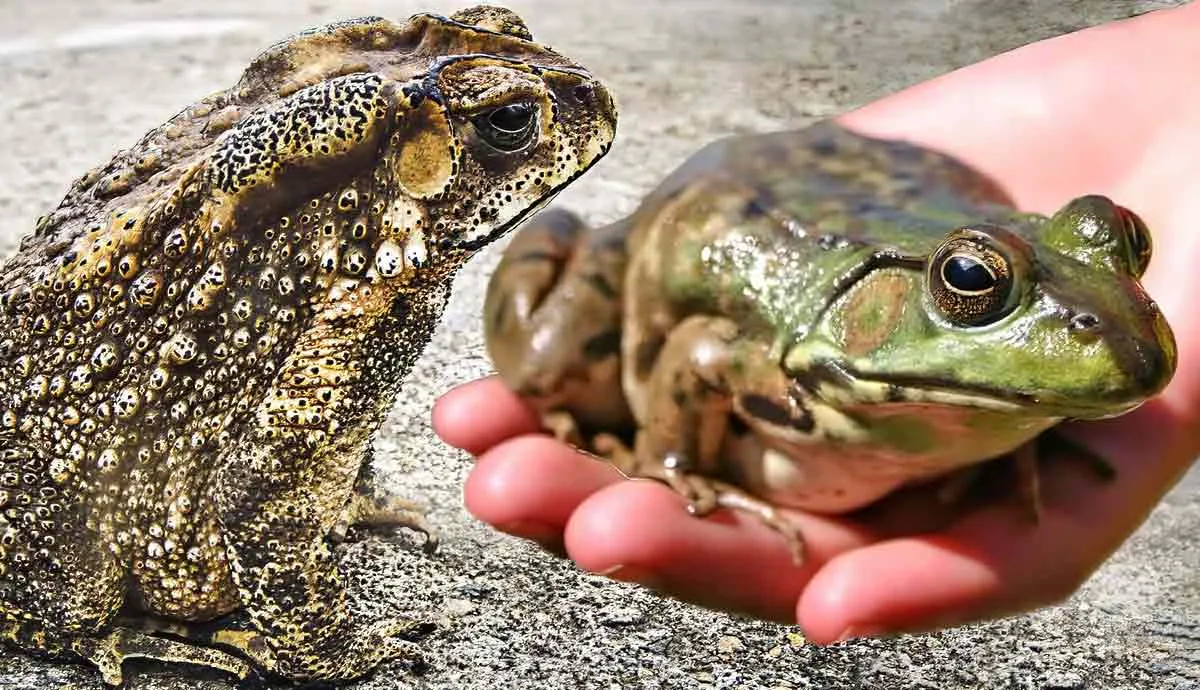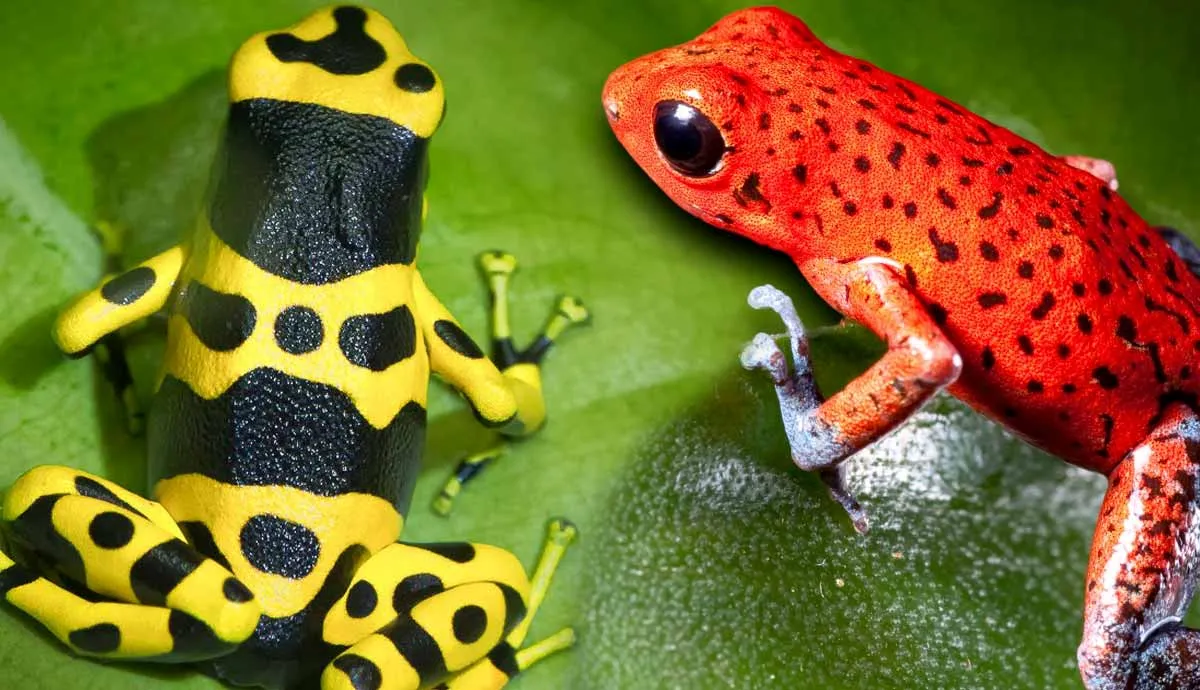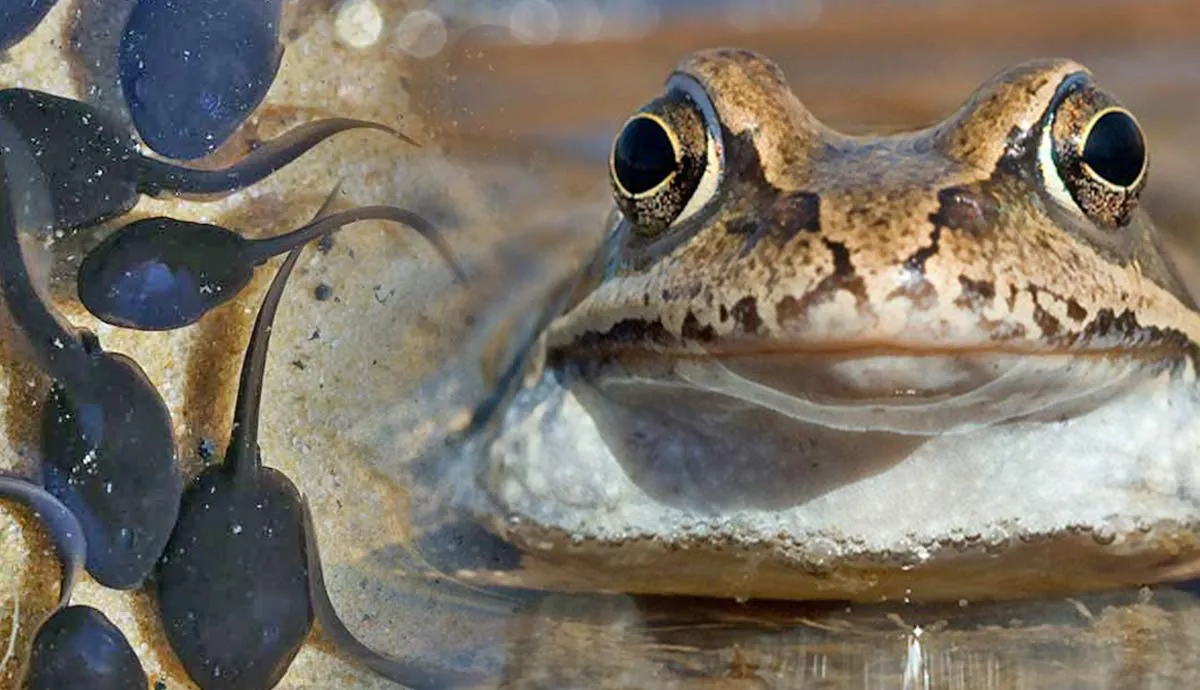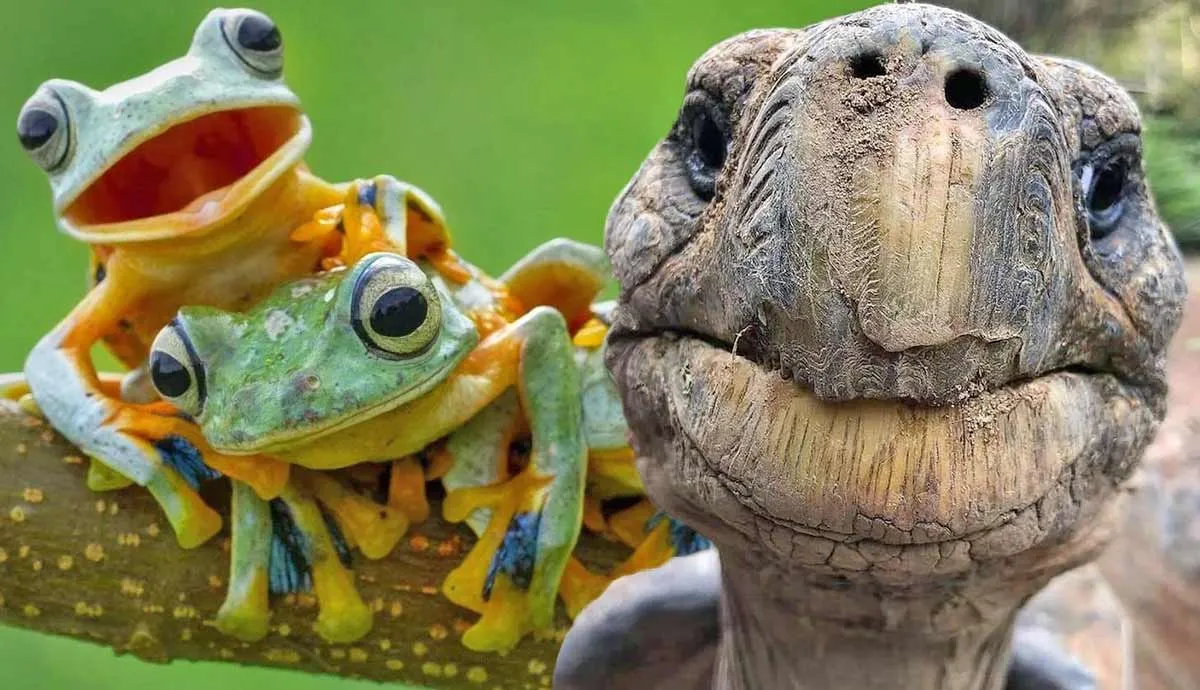Frogs are adorable little amphibians that can hop impressive distances, so many humans are drawn to them. Due to their sensitive skin, they should rarely be handled, but they’re fascinating creatures to admire. If you’ve considered getting a frog as a pet, you’ll need to find a species that piques your interest and fits your lifestyle.
1. Tomato Frog

As the name implies, tomato frogs are known for resembling the round, red plants. They’re easy to care for because they spend most of their time burrowing in the enclosure’s substrate. However, it’s fascinating to watch them emerge to gobble up live prey like crickets and nightcrawlers.
These frogs are adorable, but they’re the type of pet you look at and admire, not touch. When threatened, tomato frogs can release toxins that can numb the eyes and mouths of predators. While the substance isn’t as dangerous for humans, it can cause allergic reactions if it comes into contact with skin.
2. Poison Dart Frog
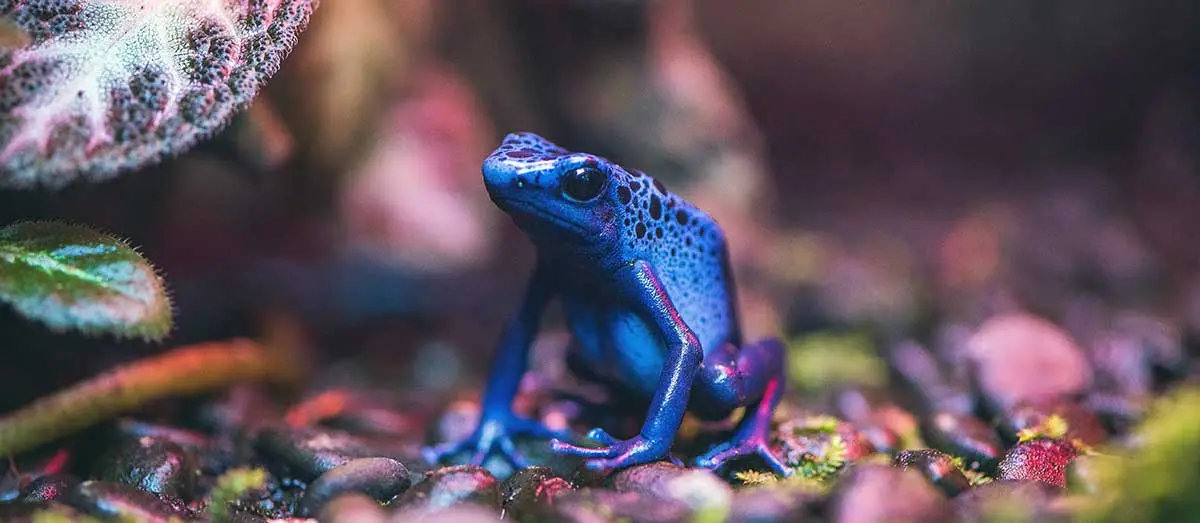
Poison dart frogs are dangerous, but surprisingly, they still make good pets. It’s easy to become mesmerized by the beautiful colors of these amphibians. Since they’re so tiny, they don’t need as big of an enclosure as other frog species. Plus, the live insects they eat are just as tiny (about ⅛-inch or smaller).
Due to their toxins, these frogs should be admired but not held. If you need to transport them, gloves are essential. Poison dart frogs are only deadly to humans if ingested, but touching them could still cause swelling or nausea. Humans used to use poison dart frog toxins to coat their arrows, creating a deadly weapon.
Luckily, when kept in an enclosure and rarely handled, dart frogs don’t pose a major threat to humans, and they’re fun to look at.
3. Oriental Fire-Bellied Toad
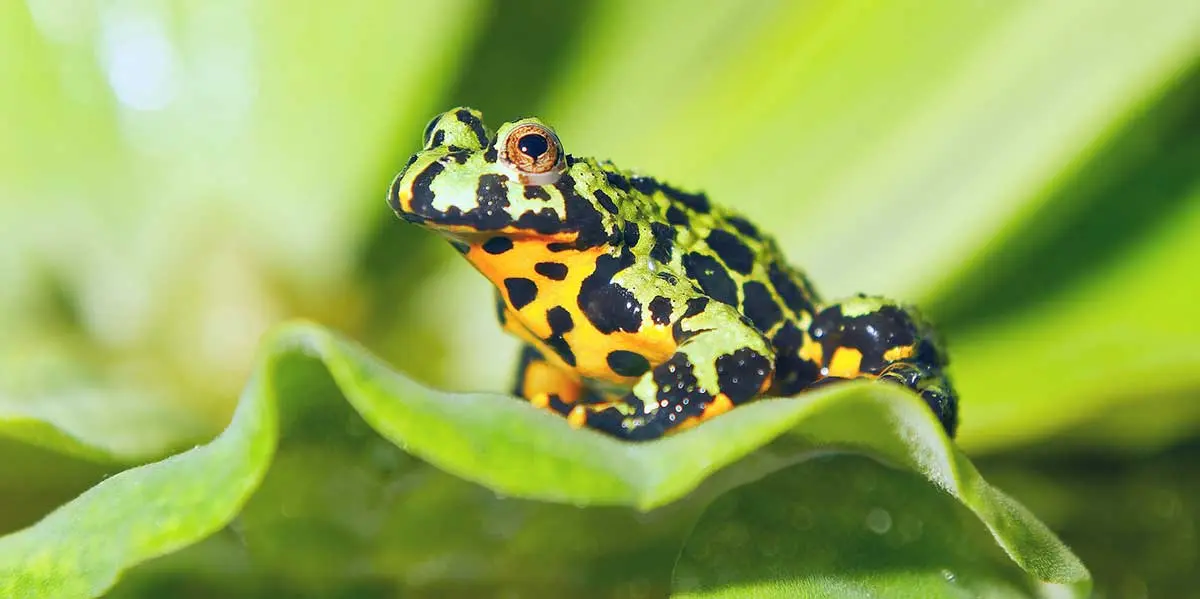
Fire-bellied toads are only semi-terrestrial, so they need access to both land and water in their enclosure. When they swim around, you can easily see their colorful reddish-orange bellies. A lot of amphibian species are nocturnal, but these toads are active during the day, making them interesting for pet owners to observe.
These toads typically live in groups of up to four individuals, so you can keep multiple in captivity, preferably all females to prevent aggression and mating. Even though these animals are toads, toads are a type of frog. Toads have differences from other frogs, but they still have similar appearances and care requirements.
4. Gray Tree Frog

Gray tree frogs have a unique marbled skin color that’s typically a combination of gray and green. Their coloring helps them blend into their surroundings, so you may have to scan their enclosure for a few moments before you can spot them. Like most frogs, they will avoid being handled as much as possible, but they’re beautiful and easy to care for.
As long as gray tree frogs live in a humid environment with lots of space to explore, they’ll be content. They will happily eat a variety of live food, such as crickets, mealworms, and waxworms. Since they’re nocturnal, they need lots of bark and logs to hide under.
5. Red-Eyed Tree Frog

Red-eyed tree frogs are one of the most colorful frog species by far. Like tree frogs, they love climbing, so they should have a vertical enclosure with lots of branches to cling to. Some of their favorite snacks include crickets, but they will also eat other live food like worms and roaches.
It’s easy to want a red-eyed tree frog because of their appearance, but like all amphibians, they’re not a pet you should handle. Not only do they have sensitive skin, but red-eyed tree frogs can jump up to twenty times their body length. So, they could quickly jump from your hand to across the room.
6. African Dwarf Frog
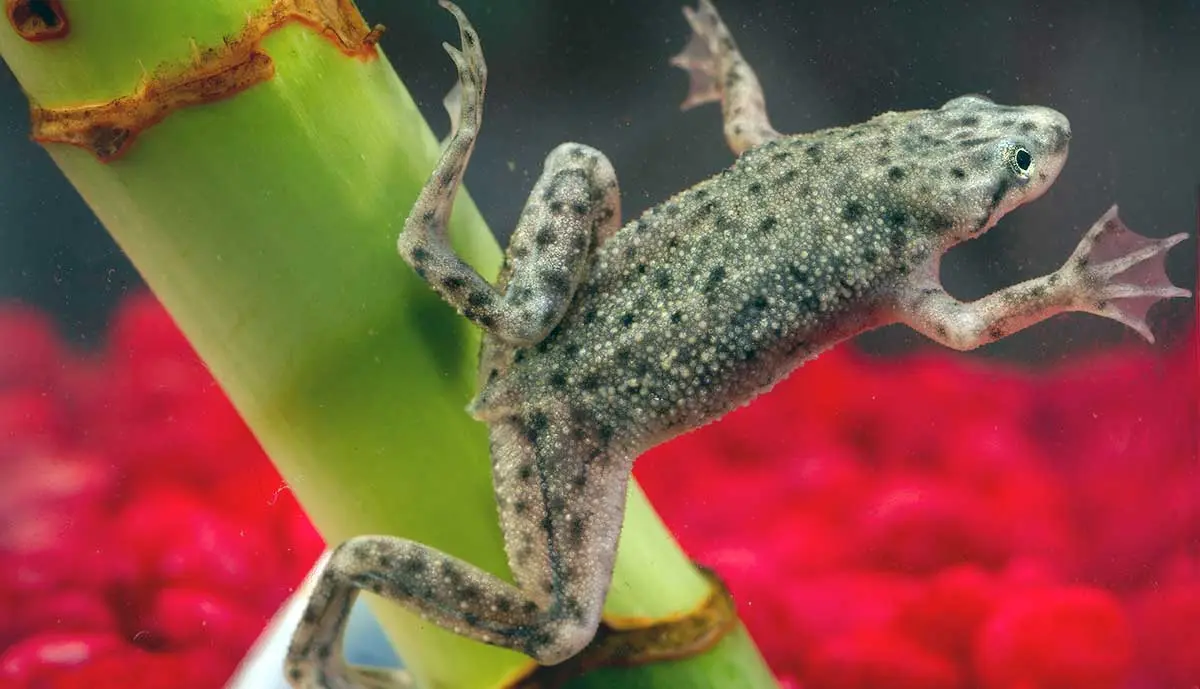
African dwarf frogs are common pets because they’re one of the easiest frogs to care for. They’re tiny, growing up to 2.5 inches long. They’re also fully aquatic and can live in a five-gallon aquarium comfortably. However, if you’re keeping more than two of these frogs, you should give them extra space.
Even though they’re so tiny, these frogs still follow a normal frog life cycle from egg to tadpole to adult. However, their tadpoles are often less than an inch long since the adults are so tiny.
7. Pacman Frog
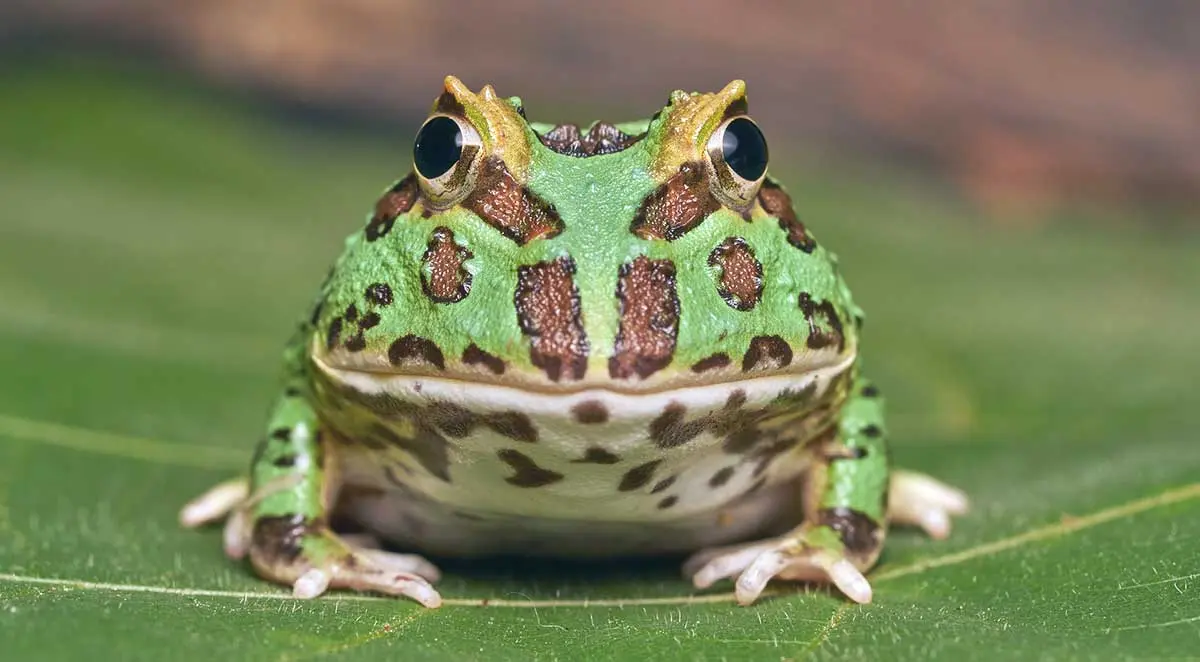
Also known as South American horned frogs, these round amphibians have a unique appearance. Their large mouths allow them to swallow lots of bugs whole, such as crickets, mealworms, waxworms, and roaches. They can also eat some small fish and mice.
They’re not nearly as active as other frogs, so you won’t have to worry about them leaping to escape if you open the enclosure. While they’re lounging around, they like to burrow themselves in the substrate.
8. Australian Green Tree Frog

Australian green tree frogs, also known as White’s tree frogs, are amusing frogs to care for. They can climb like any other tree frog, but they may spend hours on end sitting in the same spot. They can live in pairs or trios, but they should all be similar sizes to avoid one stealing all the food.
White’s tree frogs are nocturnal, but they’re still fairly active during feeding time. They eat live food like crickets and worms. There are lots of videos of these frogs attempting to grab food and missing, which is common since they’re not the most intelligent creatures.
9. Amazon Milk Frog

Amazon milk frogs are adorable little frogs that can be kept in groups of up to eight individuals. They’re named for the milky substance they emit when threatened. The secretion is poisonous to predators but doesn’t pose a threat to humans.
These frogs thrive in a vertical enclosure with lots of plants and branches to climb on. Their beautiful patterns with brown, white, blue, and green help them blend into habitats that are dense with plants.
Frogs can make great pets as long as you understand that they’re just for looking at, not for handling. If one of these frog species interests you, do more research to decide if you can provide them with proper care. There are so many frog species and fun frog facts out there, so there’s always more to learn about these exceptional amphibians.
